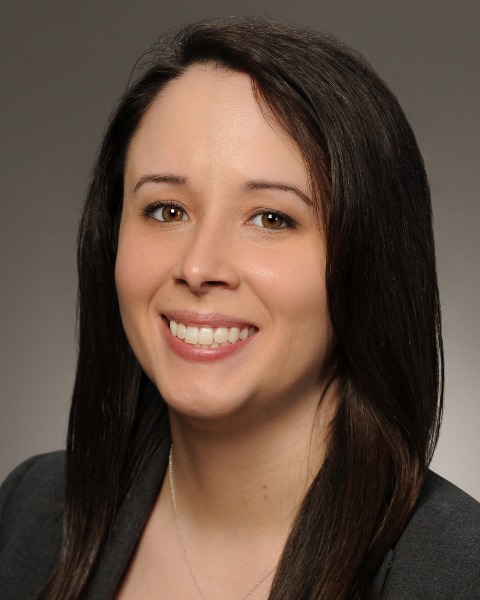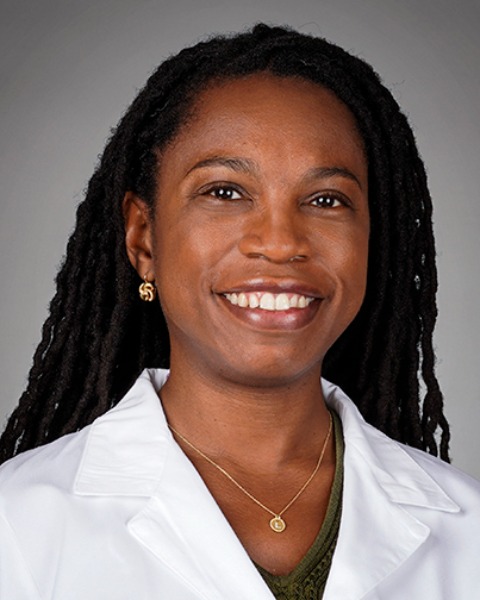Breast
E54: Differences in Time to Surgery Predict Rural-Urban Differences in Survival among Women with Invasive, Non-Metastatic Breast Cancer
- KR
Kriyana Reddy, BS
Measey Scholar
University of Pennsylvania, United States - KR
Kriyana Reddy, BS
Measey Scholar
University of Pennsylvania, United States - CB
Cara Berkowitz, MD
Resident Research Fellow
Cornell University, University of Pennsylvania, United States 
Kathleen Jarrell, MD (she/her/hers)
Resident Research Fellow
Jefferson University, University of Pennsylvania, United States- RB
Rachel Berger, MD
Breast Surgical Oncology Fellow
University of Pennsylvania, United States - SH
Sarah Hulse, BPhil
Clinical Research Coordinator
University of Pennsylvania, United States - LE
Leisha C. Elmore, MD, MPHS
Assistant Professor
University of Pennsylvania, United States - RF
Rebecca Fishman, MD
Assistant Professor
University of Pennsylvania, United States - AM
Alina M. Mateo, MD
Assistant Professor
University of Pennsylvania, United States - JR
Jami Rothman, MD
Assistant Professior
University of Pennsylvania, United States - DS
Dahlia Sataloff, MD
Professor of Clinical Surgery
University of Pennsylvania, United States 
Julia Tchou, MD PhD
Professor of Clinical Surgery
University of Pennsylvania
Wayne, Pennsylvania, United States- JZ
Jennifer Q. Q. Zhang, MD
Assistant Professor
Division of Breast Surgery, Department of Surgery, Perelman School of Medicine, The University of Pennsylvania, Philadelphia, PA, USA, United States - AM
Anne Marie McCarthy, PhD
Assistant Professor
University of Pennsylvania, United States 
Oluwadamilola M. Fayanju, MD, MA, MPHS, FACS (she/her/hers)
The Helen O. Dickens Presidential Associate Professor & Chief, Division of Breast Surgery
University of Pennsylvania
Narberth, Pennsylvania, United States
Oluwadamilola M. Fayanju, MD, MA, MPHS, FACS (she/her/hers)
The Helen O. Dickens Presidential Associate Professor & Chief, Division of Breast Surgery
University of Pennsylvania
Narberth, Pennsylvania, United States
ePoster Abstract Author(s)
Author(s)
Submitter(s)
Author(s)
Delays in time to surgery (TTS) among women with breast cancer are known to be associated with worse overall survival (OS), and prior studies have found significant sociodemographic variation in TTS. However, the extent to which rural-urban differences in TTS have implications for OS is unknown.
Methods:
Females≥18 with invasive, non-metastatic breast cancer diagnosed 2004-2019 and receiving upfront surgery were identified in the National Cancer Database (NCDB). Patients’ age, race/ethnicity, insurance status, geographic region, ZIP-level median household income, facility type (e.g., academic facility), Charlson-Deyo Comorbidity Coefficient, tumor grade, tumor size, tumor receptor status, rural/urban designation, geographic proximity to treatment facility (great circle distance in miles between patient residence and hospital where they received care), and TTS were identified. OS was measured during the period between receipt of surgery and most recent follow-up or death. Multivariate Cox Proportional Hazard models for patients residing in rural versus urban areas were fit to determine the association between TTS and OS. Proximity to treatment facility was Winsorized at the 99th percentile to mitigate a right skew.
Results:
Among 1,583,118 patients included in the analysis, 23,287 (1.5%) resided in rural areas, and 1,559,831 (98.5%) resided in urban areas. Among patients residing in rural areas, increased distance to treatment facility was associated with reduced mortality (HR 0.89, 95% CI 0.83-0.96, P=0.003), while TTS of 61-90 days (HR 1.37, 95% CI 1.14-1.63, P< 0.001) and >90 days (HR 1.73, 95% CI 1.51-1.98, P< 0.001) were associated with increased mortality. Among patients residing in urban areas, increased distance to treatment facility was associated with reduced mortality (HR 0.96, 95% CI 0.94-0.97, P< 0.001), whereas TTS of 61-90 days (HR 1.18, 95% CI 1.15-1.20, P< 0.001) and >90 days (HR 1.75, 95% CI 1.72-1.78, P< 0.001) were associated with increased mortality relative to patients with TTS < 30 days. TTS of 30-60 days was associated with reduced mortality (HR 0.96, 95% CI 0.94-0.97, P< 0.001).
Conclusions:
TTS >60 days is associated with reduced OS among women with breast cancer residing in rural and urban areas. This relationship was not attenuated by geographic proximity to care. Further work is needed to identify modifiable factors that can mitigate the detrimental effects of prolonged TTS on OS.
Learning Objectives:
- Upon completion, participant will be able to understand that time to surgery (TTS) does not equally affect the survival of patients from different demographic backgrounds.
- Upon completion, participant will be able to discern that TTS>60 days is associated with worse survival vs <30 days for both urban and rural patients.
- Upon completion, participant will be able to distinguish that increased distance to treatment facility was associated with reduced mortality for rural patients but worse mortality for urban patients.
